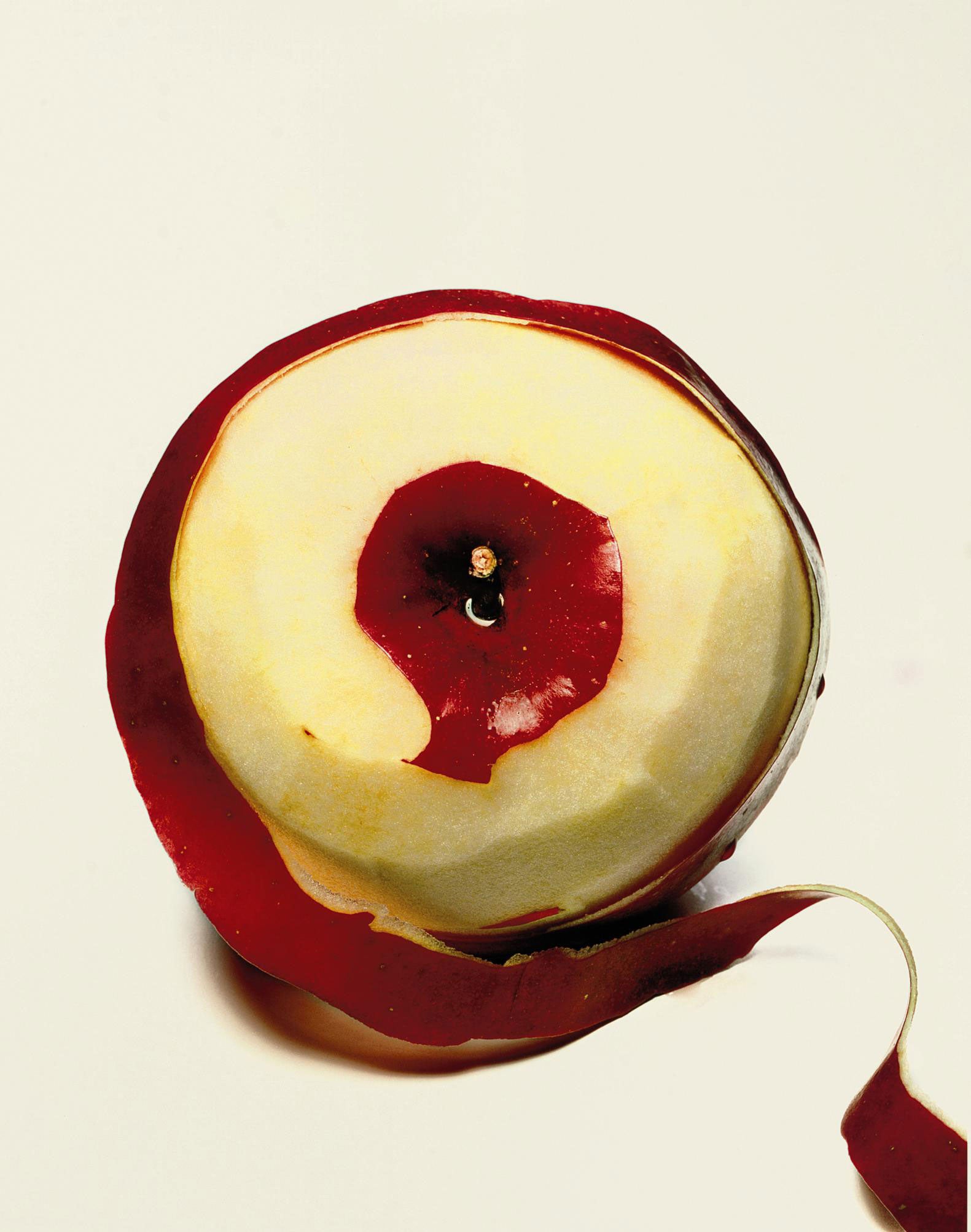The Dirty Dozen and The Clean Fifteen Shopping Guide

Did you know that last year the Environmental Working Group found strawberries to be the “dirtiest” produce source, with spinach coming in second? Even after some conventional fruits and vegetables are washed and peeled, pesticide residue often remains. It’s clear that consumers prefer eating fruits and vegetables that are grown free of synthetic pesticides. It’s also clear that an all-organic diet is becoming an option for everyone, with online stores like Thrive Market offering discounts. If just 16% of Americans only ate organic, we would put Monsanto out of business. The more we continue to only eat organic, the cheaper the prices will become. Here is a list of the 12 most contaminated fruits and veggies we MUST buy organic, as well as the clean 15- which hardly test for any pesticides and don’t require an organic sticker.
“The Dirty Dozen”: The top twelve fruits and veggies that are recommend you purchase organic.
Dirty Dozen:
- Apples
- Celery
- Tomatoes
- Cherries
- Pears
- Grapes
- Nectarines
- Peaches
- Potatoes
- Spinach
- Strawberries
- Sweet Bell Peppers
“The Clean Fifteen”: The fruits and veggies that you can eat conventionally because pesticides wash off so easily and are not absorbed.
Clean Fifteen:
- Avocado
- Sweet Corn
- Pineapple
- Cabbage
- Onions
- Sweet Peas
- Papayas
- Asparagus
- Mangoes
- Eggplant
- Honeydew
- Kiwis
- Cantaloupe
- Cauliflower
- Broccoli





